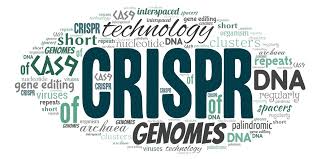Highlights
•
664 patients and 154 CFTR mutations represented in an organoid biobank
•
Adenine base editors enable efficient repair of nonsense mutations in CFTR
•
xCas9 increases the target scope of CFTR repair in our biobank
•
Adenine base editors cause no detectable off-target effects during repair
Summary
Adenine base editing (ABE) enables enzymatic conversion from A-T into G-C base pairs. ABE holds promise for clinical application, as it does not depend on the introduction of double-strand breaks, contrary to conventional CRISPR/Cas9-mediated genome engineering. Here, we describe a cystic fibrosis (CF) intestinal organoid biobank, representing 664 patients, of which ~20% can theoretically be repaired by ABE. We apply SpCas9-ABE (PAM recognition sequence: NGG) and xCas9-ABE (PAM recognition sequence: NGN) on four selected CF organoid samples. Genetic and functional repair was obtained in all four cases, while whole-genome sequencing (WGS) of corrected lines of two patients did not detect off-target mutations. These observations exemplify the value of large, patient-derived organoid biobanks representing hereditary disease and indicate that ABE may be safely applied in human cells.







